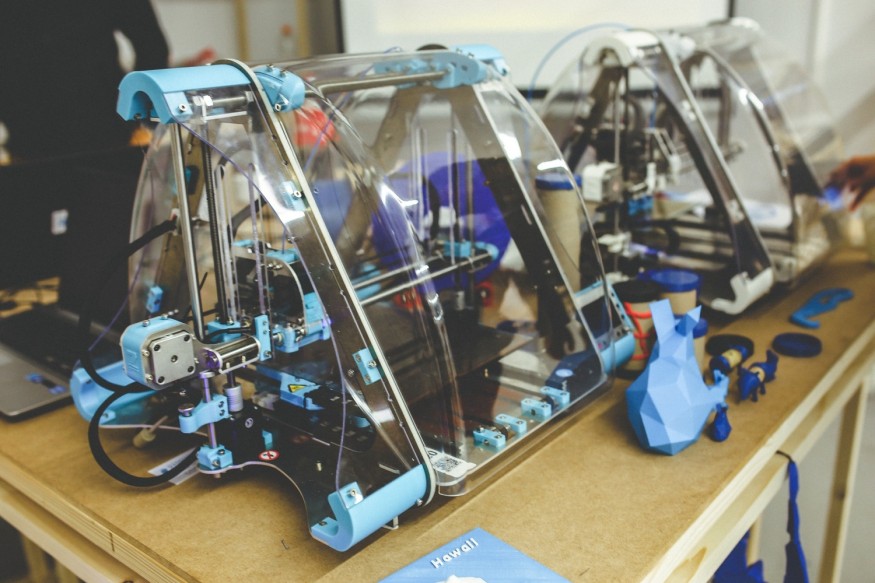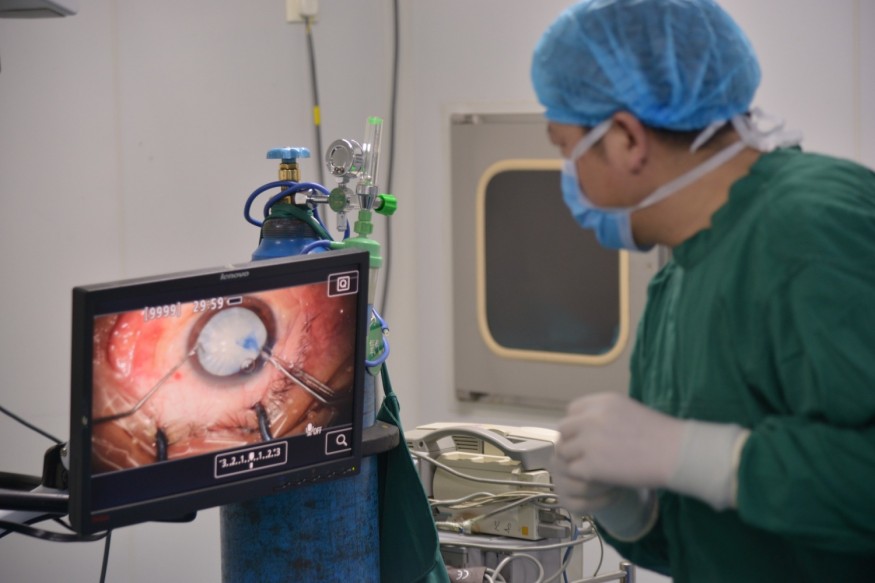
Ironically, as humanity advances, so does its fragility.
This article embarks on an exploration of modern surgical advancements, scrutinizing the evolution of techniques, the role of robotics, the impact of 3D printing, and the emergence of minimally invasive procedures.
It further delves into the integration of artificial intelligence in surgery and the ethical considerations surrounding these innovations, demonstrating how these developments are shaping the future of healing.
The Evolution of Surgical Techniques in the 21st Century
The 21st century has witnessed significant advancements in surgical techniques, transforming the landscape of medical treatment and patient recovery. One of the crucial developments includes surgical simulation training, an innovative approach that allows surgeons to hone their skills in a risk-free environment before performing actual surgeries. This training method utilizes high-fidelity mannequins and computer-generated scenarios to mimic real-life surgical situations, thereby enhancing the surgeon's proficiency and reducing the potential for errors during procedures.
Moreover, laser surgery advancements have revolutionized the field of surgery. Laser technology, with its ability to make precise incisions and minimize damage to surrounding tissues, has improved surgical outcomes and hastened patient recovery time. It has found extensive application in various surgical fields, including ophthalmology, dermatology, and oncology.
These advancements have undoubtedly set the stage for a new era in surgical techniques. However, the evolution of surgical techniques does not stop here. This narrative will continue to unfold with the exploration of the role of robotics in modern surgery in the subsequent section, elucidating their potential to further refine surgical procedures and outcomes.
The Role of Robotics in Modern Surgery
The pivotal role of robotics in contemporary surgical procedures is indisputable, as it greatly enhances precision and mitigates potential risks associated with human error. This remarkable technological advancement is the culmination of extensive research, design, and rigorous testing, all aimed at ensuring impeccable functionality and unwavering safety within the surgical arena.
Despite its undeniable benefits, Surgical Robotics does have its limitations, notably in the form of high costs and a steep learning curve. These factors necessitate thorough and extensive training in Robotics for surgeons, ensuring they acquire the necessary skills to navigate its intricacies. This training goes beyond mere mechanical manipulation of the equipment; it delves into mastering the interpretation of complex imaging data and the nuanced manipulation of robotic arms.
However, the substantial implementation costs and the ongoing financial commitments for maintenance serve as significant barriers, impeding the widespread adoption of surgical robotics. Furthermore, while the probability of technical malfunctions is minimal, their potential consequences in a surgical context cannot be ignored.
In summation, the revolutionary impact of robotics on the surgical landscape is undeniable, yet it presents unique challenges that require diligent addressing to unlock its full potential.
The subsequent section will explore another technological advancement with transformative implications: the integration of 3D printing in surgical procedures. Leveraging the expertise of the best rhinoplasty surgeon can further amplify the benefits of these cutting-edge technologies.
The Impact of 3D Printing on Surgical Procedures

The incorporation of 3D printing in medical procedures has led to significant improvements, particularly in preoperative planning and the creation of patient-specific implants. Technological advancements have enabled the use of biocompatible materials in 3D printing, revolutionizing the field of surgery.
Precision: 3D printing has significantly improved the precision of surgical procedures, reducing complications and enhancing patient outcomes.
Patient Customization: With patient-specific implants, the focus has shifted from a one-size-fits-all approach to individualized treatment plans.
Cost and Time Efficiency: 3D printing has reduced the time taken for surgeries and the overall cost, making healthcare more accessible.
Moreover, 3D printing allows surgeons to create models of the patient's anatomy, aiding in planning and practice before the actual operation, thus minimizing surgical risks. This development in surgical procedures has shown promising results, establishing a positive trend that paves the way for a new era in surgery.
Looking forward, the dynamic field of surgery continues to evolve, with the spotlight now shifting towards advancements in minimally invasive surgery. This will further enhance the safety and effectiveness of surgical procedures, thereby improving patient care.
Advancements in Minimally Invasive Surgery
Minimally invasive surgery techniques, marked by smaller incisions and faster recovery times, have recently experienced considerable progress due to technological innovations, thus enhancing patient safety and treatment efficacy.
Virtual reality training is one such innovation, offering a new frontier in surgical education. It allows surgical practitioners to simulate complex procedures, enhancing their skills and reducing potential operative complications.
Enhanced recovery protocols (ERPs) have also been instrumental in improving patient outcomes in minimally invasive surgeries. These protocols involve a series of perioperative care guidelines designed to achieve early recovery after surgical procedures, reducing hospital stays and related costs. Studies indicate that ERPs can reduce postoperative morbidity and enhance the quality of patient care, demonstrating their critical role in modern surgical practice.
Technologies such as these, when combined with minimally invasive surgery techniques, revolutionize the surgical field, providing significant benefits to both patients and healthcare providers. These advancements pave the way for more sophisticated procedures, less invasive methods, and improved patient outcomes.
Considering the trend towards technological integration in surgery, the subsequent discussion will delve into 'the intersection of AI and surgery: transforming patient outcomes.'
The Intersection of AI and Surgery: Transforming Patient Outcomes
Artificial Intelligence (AI) is rapidly transforming the landscape of medical procedures, particularly in the realm of surgery, by enhancing precision, reducing errors, and potentially improving patient outcomes. To fully grasp the magnitude of this revolution, understanding the ways AI is applied in surgery is pivotal.
AI Training: AI technology, through machine learning algorithms, is being trained on vast datasets of medical images and patient health records. This enables it to identify patterns and make accurate diagnoses, thereby assisting surgeons in pre-operative planning.
Precision and Accuracy: AI systems are designed to perform tasks with a precision that surpasses human ability. This leads to fewer surgical errors, fewer invasive procedures, and ultimately improved patient outcomes.
Predictive Analysis: AI-powered predictive analysis can forecast potential complications and patient recovery rates. This not only helps in personalizing treatment plans but also aids in setting realistic expectations for patients and their families.
These developments are reshaping the future of surgical procedures, yet they also raise profound questions. The subsequent section will delve into the ethical considerations surrounding these surgical innovations.
The Ethical Considerations of Surgical Innovations

The ethical considerations of medical innovations, particularly in the realm of AI-assisted procedures, demand rigorous scrutiny and thoughtful dialogue in order to balance the promise of improved patient outcomes with potential risks and challenges.
Innovations such as genetic manipulation, though promising, present a complex ethical landscape that requires delicate navigation. Genetic manipulation ethics, referencing the moral implications of altering an organism's genetic structure, is a multifaceted topic. It carries the potential to eradicate genetic diseases, yet it also raises profound questions about the sanctity of life and the limits of human intervention. A central concern is the risk of unforeseen consequences, including potential harm to future generations.
Understanding the ethical concerns also necessitates a discussion on consent complexity, which refers to the challenges inherent in obtaining informed consent for these procedures. The complexity of the underlying science often makes it difficult for patients to comprehend the full implications of their decisions. This complexity is amplified in the context of AI and genetic manipulation, where the effects of the procedures may not be immediately evident and the long-term risks are not yet fully understood.
Policies and regulations must be developed to ensure that these advancements are introduced in a manner that respects individual autonomy and promotes social justice.
Conclusion
In conclusion, the future of healing is poised to witness unprecedented advancements, bolstered by the incorporation of robotics, 3D printing, and artificial intelligence in surgical procedures.
These innovations not only signify a remarkable evolution in surgical techniques but also promise an enhancement in patient outcomes.
Nonetheless, accompanying this progress are ethical considerations that necessitate rigorous scrutiny.
Thus, as medical science continues to advance, it must also strive to balance innovation with ethical responsibility.










